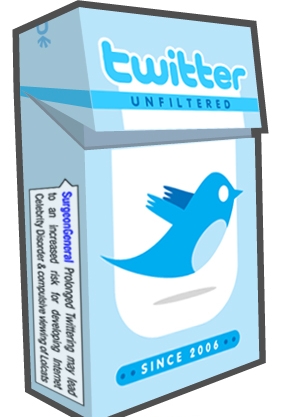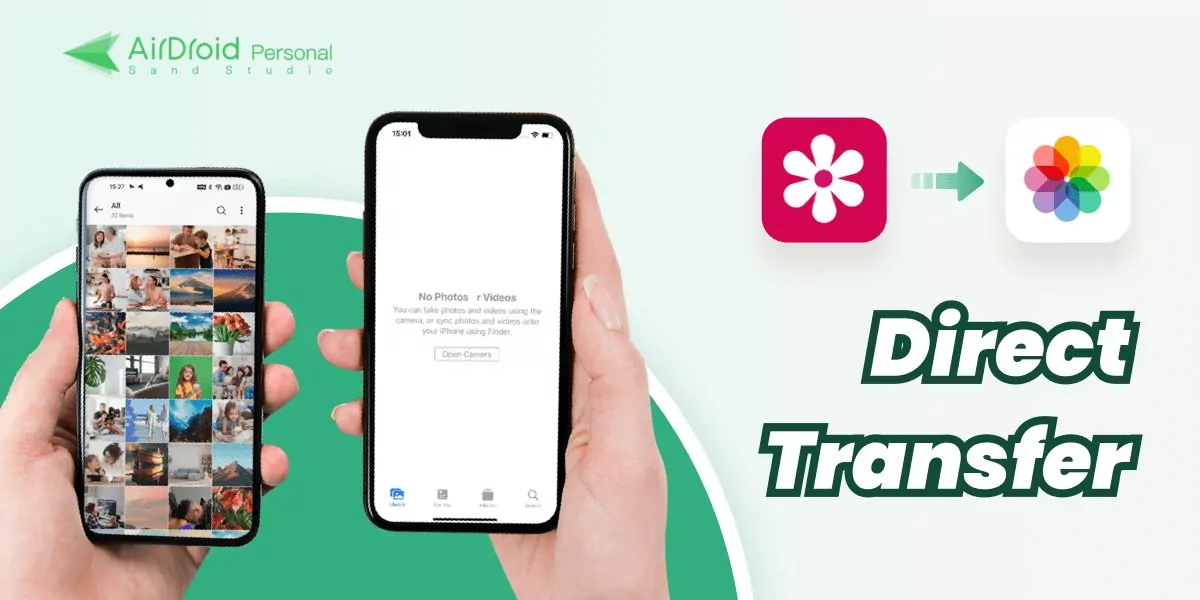How to Break Twitter Addiction
Do you find yourself constantly refreshing Twitter, scrolling through feeds, and losing track of time to follow the next viral trend? It's common among adults and children. Although Twitter is highly engaging, excessive use of the platform can negatively impact your productivity, well-being, and sleep patterns.

Continue reading if you want to take back control and break free from Twitter addiction. We will examine how Twitter affects the brain and discuss ways to limit your and your children's Twitter time and find healthier alternatives.
Signs and Symptoms of Twitter Addiction
Like any other form of addiction, Twitter addiction is a growing concern and has noticeable signs and symptoms. For instance, If you find yourself constantly checking Twitter throughout the day, even in inappropriate or inconvenient situations, you may be experiencing some level of addiction.
Here are some common signs and symptoms to watch out for:
Excessive Time Spent on X: Spending hours on Twitter each day, at the expense of other activities and interests, is the first sign of addiction to watch out for. Neglecting work, school, or personal relationships to spend more time on Twitter is a red flag.
Continuously checking the application: Continually checking for Twitter updates or thinking about tweeting to the detriment of other activities and interests. The urge to stay informed about the latest news, updates, and trends can result in information overload, making it challenging to maintain focus and retain essential information.
Neglecting Practical Tasks: Twitter addiction often leads to procrastination, where users postpone or avoid essential tasks in favour of spending more time on the platform. This behaviour can strain relationships with family and colleagues. It can lead to conflicts and misunderstandings due to missed commitments or lack of attention.
Negative Impact on Mental Health: Twitter addiction can contribute to mental health issues such as depression, anxiety, and low self-esteem. Constant exposure to harmful or triggering content on Twitter can exacerbate these problems.
Physical Symptoms: Prolonged use of Twitter can lead to physical symptoms such as eye strain, headaches, and disrupted sleep patterns. These symptoms can negatively impact overall health and well-being.
Inability to Control Use: Despite recognizing the negative consequences of Twitter use, individuals struggling with addiction may find it difficult to cut back or stop using the platform altogether.
How Twitter Affects The Brain?
As mentioned, continuous use of Twitter (X) contributes to mental health issues by creating a cycle of negativity.
Unlike other social media platforms, Twitter is known for looser content moderation. This means inappropriate content is easier to find, often with just a few clicks. This accessibility is harmful, especially for young people just like you.
Exposure to harmful or triggering content on Twitter can exacerbate problems like negative emotions, depression, anxiety, and loneliness.
Another prominent issue is sleep disruption. Using Twitter before bed can disrupt sleep patterns, leading to difficulty falling or staying asleep. This can negatively affect overall health and well-being.
Twitter addiction can lead to distractions, as the constant updates and notifications can interrupt workflow and make it challenging to stay focused on tasks.
Twitter's algorithm comprehends user preferences and personalizes feeds to display content aligned with their existing views. This creates echo chambers where negativity is amplified, and users are less exposed to opposing viewpoints that could provide balance.
How to Break Twitter Addiction?
Twitter offers an enjoyable platform for users to connect and stay informed, but sometimes, "just one quick scroll" turns into hours lost in the Twitterverse. If you constantly check your feed and neglect other aspects of life, it's time to re-evaluate your habits. Here are some practical steps to help you break free from Twitter addiction:
1. Disable Alerts and Notifications
Turning off notifications on their devices is the first and most crucial step for anyone struggling with Twitter addiction. The constant ping of notifications is a significant trigger for compulsive Twitter (X) checking. Once you turn off push notifications and alerts for X, the app removes the temptation to check every update and tweet. This allows you to reclaim control and access Twitter on your terms, reducing the feeling of being constantly bombarded.
2. Set Time Limits
We all have a finite amount of time. Set daily limits on your Twitter usage to prioritize other activities and ensure mindful social media consumption. Use built-in Screen Time apps to allocate specific time on an app each day. Once the timer expires, you'll be restricted from further use. To break the habit of compulsive checking, gradually reduce your time on the platform.
3. Spend More Time with Family
Replace your Twitter time with your family. It helps fill the void and breaks your brain from the social media cycle. You can schedule dinners, game nights, or outings with loved ones. Establish a "phone-free" zone during social gatherings where everyone focuses on real-life conversations and presents company.
4. Find a New Hobby
A practical method to distract yourself from Twitter's urges is to get involved in a new hobby or fulfilling alternative activity. Productive activities such as painting, cooking, gardening, or learning a new language offer a rewarding alternative to the addictive cycle of Twitter and social media use.
5. Join a Support Group
A person trying to break an addiction often feels isolated. Joining a support group, either online or in-person, connects you with others facing similar challenges. These groups offer a safe space to share your struggles with people who truly get it, providing a sense of motivation and validation. Learn from the experiences of others in the group. They might share coping mechanisms and tips that can help you on your journey.
6. Seek professional help
You should seek professional help if your Twitter addiction is significantly impacting your daily life, relationships, or mental well-being. Therapists can help you identify the underlying causes of your compulsive behaviour. As a result, you can manage cravings and maintain healthy boundaries on social media.
Bonus Tool to Overcome Social Media Addiction
The built-in content restrictions tools on your smartphones aren't enough to overcome social media addiction, especially for children. AirDroid Parental Control is an excellent application to help you manage your and your child's social media usage and break free from the Twitter trap. It allows you to set realistic screen time limits, filter questionable content, and even block access to Twitter.

AirDroid Parental Control offers user-friendly controls and advanced restrictions to ensure a secure browsing environment without compromising privacy. With its vigilant protection, parents can confidently allow their children to explore social media while maintaining complete peace of mind.
Here's how to use AirDroid Parental Control.
Step 1. Navigate to the Google Play Store or App Store and download the AirDroid Parental Control app. On your child's device, install the AirDroid Kids app and complete the setup process.
Step 2. To set time limits on Twitter, initiate the AirDroid Parental Control application on your smartphone. After launching the app, select the 'Usage Limits' option, followed by 'App Time Limits'.













Leave a Reply.